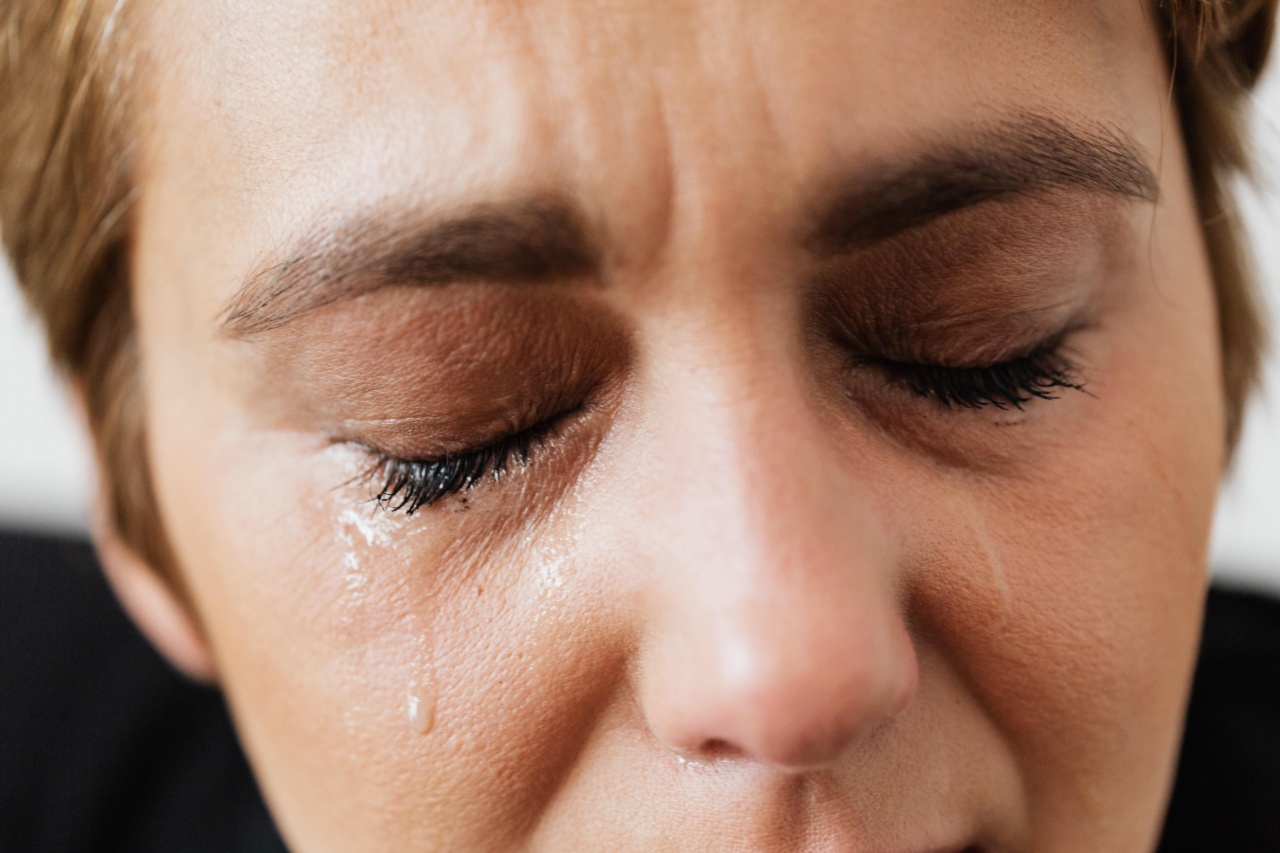An anterior cruciate ligament (ACL) tear is a common knee injury that affects thousands of individuals each year. As with any widespread condition, there are numerous myths and misconceptions surrounding ACL tears.
In this article, we aim to debunk seven commonly-held beliefs about ACL tears, providing evidence-based information to help educate and inform readers.
Belief 1: ACL tears only occur in athletes
One of the most prevalent myths surrounding ACL tears is that they only affect athletes or individuals participating in high-impact sports.
While it is true that athletes are prone to ACL tears due to the physical demands of their activities, ACL tears can occur during routine tasks or non-contact situations as well. A simple misstep, sudden change in direction, or landing awkwardly can lead to an ACL tear, regardless of athletic ability or participation.
Belief 2: Rest alone can heal an ACL tear
Rest is indeed an essential component of ACL tear recovery, but it alone cannot heal the torn ligament completely. The ACL is a vital stabilizing structure in the knee, and a complete tear usually requires surgical intervention for proper healing.
Rehabilitation exercises and physical therapy may also be necessary to regain strength and restore normal functionality to the knee joint.
Belief 3: Women are more prone to ACL tears than men
It is commonly believed that women are more susceptible to ACL tears than men due to anatomical differences and hormonal factors.
While research suggests that women may have a higher incidence of ACL tears compared to men, it is crucial to note that the risk factors associated with ACL tears, such as muscle imbalances and biomechanical factors, can be addressed through targeted training, strength conditioning, and proper technique. Therefore, both men and women can take preventive measures to reduce the risk of ACL tears.
Belief 4: ACL tears always require surgery
Contrary to popular belief, not all ACL tears require surgical intervention. The decision to opt for surgery depends on various factors, including the individual’s activity level, age, extent of injury, and associated instability.
Some individuals, particularly those who are less physically active or have a partial tear, may be able to manage their symptoms and regain function through conservative treatment methods such as physical therapy and bracing.
Belief 5: ACL tears cause immediate severe pain
While ACL tears can certainly cause pain, it is not always severe or immediate. In some cases, individuals may experience a popping sound or sensation in the knee at the time of injury, followed by pain, swelling, and stiffness.
However, the intensity of pain can vary from person to person and may depend on the extent of the tear. Some individuals may even continue to walk or bear weight on the injured leg, assuming it is a minor injury, only to realize the severity later.
Belief 6: ACL tears cannot be prevented
Preventing ACL tears involves adopting specific strategies to reduce risk factors and enhance knee stability.
Although it is not possible to completely eliminate the risk, individuals can significantly lower their chances of suffering an ACL tear by strengthening the muscles around the knee joint, improving flexibility, and practicing proper landing and cutting techniques during physical activities. Engaging in targeted ACL injury prevention programs can also prove beneficial.
Belief 7: Once an ACL tear occurs, normal activity is no longer possible
While it may take time and effort to recover from an ACL tear, returning to normal activity is possible for many individuals.
With appropriate medical treatment, rehabilitation, and guidance from healthcare professionals, individuals can regain strength, stability, and function in their injured knee. It is essential to follow a comprehensive rehabilitation plan and gradually progress through exercises and activities under professional supervision to minimize the risk of re-injury and ensure a safe return to normal activity.
Conclusion
By debunking these commonly-held beliefs about ACL tears, we hope to provide accurate information and dispel misconceptions surrounding this prevalent knee injury. ACL tears can happen to anyone, regardless of their athletic background or gender.
Proper treatment options, including surgery and conservative management, should be evaluated based on individual factors. With the right approach to prevention, rehabilitation, and medical guidance, individuals can have an improved understanding of ACL tears and make informed decisions for their recovery and long-term knee health.






























